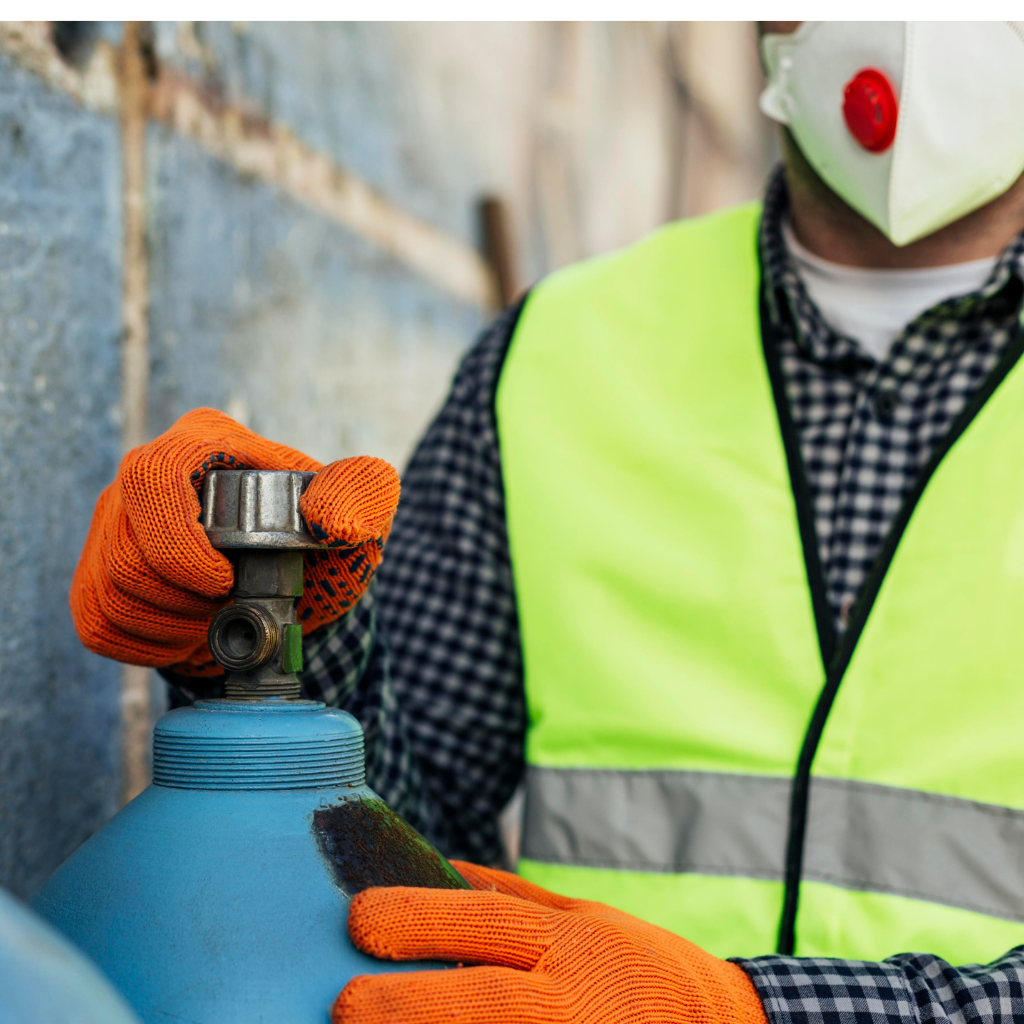Gas cylinders are important for homes and businesses, as they provide fuel for cooking, heating, and other uses. It’s really important to make sure your gas cylinder is filled correctly for safety and efficiency and to save money. In this easy-to-follow guide, we’ll take you through the steps to fill your gas cylinder and share helpful tips to ensure it’s done right every time.
Step 1: Understand the Importance of Proper Gas Cylinder Filling
Proper gas cylinder filling is not just about ensuring you have enough gas for your needs; it’s also about safety. Overfilled or underfilled cylinders can pose serious risks, including leaks, fires, or explosions. Understanding the importance of accurate gas cylinder filling can help you prioritize safety and efficiency in your daily operations.
Step 2: Choose the Right Supplier
Choosing a trustworthy gas supplier is key to making sure your gas cylinder is filled correctly.. A good supplier will follow all the safety rules and standards for filling LPG cylinders. They will also have the right tools and trained staff to do the job safely.
What to Look for in a Supplier:
- Certification and Compliance: Make sure the supplier follows local safety rules and regulations.
- Reputation: Choose suppliers with positive reviews and a history of reliability.
- Customer Service: Look for suppliers who offer good support and provide all the information you need.
Step 3: Inspect the Cylinder
Before filling your gas cylinder, it’s important to inspect it thoroughly. Check for any signs of damage, rust, or wear and tear. A damaged cylinder can be dangerous and should not be used.
Inspection Checklist:
- Visual Inspection: Look for dents, rust, or any physical damage.
- Valve Check: Ensure the valve is functioning properly and there are no leaks.
- Certification Date: Check the certification date to ensure the cylinder is still within its safe usage period.
Step 4: Weigh the Empty Cylinder
Knowing the weight of your empty cylinder is essential for accurate filling. The empty weight (tare weight) is usually stamped on the cylinder. This helps in calculating the exact amount of gas being filled.
How to Weigh the Cylinder:
- Use a Reliable Scale: Ensure the scale you use is properly adjusted and accurate.
- Record the Tare Weight: Note down the tare weight for future reference during the filling process.
Step 5: Ensure Accurate Filling
Accurate filling of LPG cylinders is essential to avoid overfilling or underfilling. The amount of gas filled should match the cylinder’s capacity as indicated by the tare weight.
Steps to Ensure Accurate Filling:
- Monitor the Scale: During filling, keep an eye on the scale to ensure the correct amount of gas is being added.
- Use Automatic Filling Systems: These systems are designed to stop filling when the cylinder reaches its maximum capacity.
- Manual Filling: If filling manually, use a gauge to measure the amount of gas being filled.
Step 6: Perform a Leak Test
After filling, it’s important to perform a leak test to ensure there are no leaks. Leaks can lead to dangerous situations, so this step should never be skipped.
How to Perform a Leak Test
- Soap Solution Test: Apply a soap solution to the valve and connections. If bubbles form, there is a leak.
- Use a Leak Detector: Electronic leak detectors can provide more accurate results.
Step 7: Store the Cylinder Safely
Proper storage of your gas cylinder is essential for safety. Ensure the cylinder is stored in a well-ventilated area, away from direct sunlight and flammable materials.
Storage Tips:
- Upright Position: Always store cylinders in an upright position.
- Secure Storage: Use a rack or chain to secure the cylinder and prevent it from falling.
- Ventilation: Store in a well-ventilated area to allow any potential gas leaks to dissipate safely.
Step 8: Regular Maintenance and Inspection
Regular maintenance and inspection of your gas cylinder can prevent potential issues and ensure it remains safe to use. Schedule periodic checks and follow the manufacturer’s guidelines for maintenance.
Maintenance Tips:
- Regular Inspections: Check the cylinder and valve regularly for any signs of damage or wear.
- Professional Servicing: Have your cylinder serviced by professionals if you notice any issues.
Ensuring your gas cylinder is properly filled is essential for safety and efficiency. By following the steps outlined in this guide, you can confidently manage your cylinder filling process. Remember to always prioritize safety, choose a reliable supplier, and perform regular inspections. For expert assistance and reliable gas supply, contact AJ Gas. Our team is dedicated to providing safe and efficient gas services to meet all your needs.
For more information on safe gas cylinder filling and to ensure your LPG cylinders are filled correctly, contact AJ Gas today. Our experts are ready to assist you with all your gas supply needs.



Comments are closed